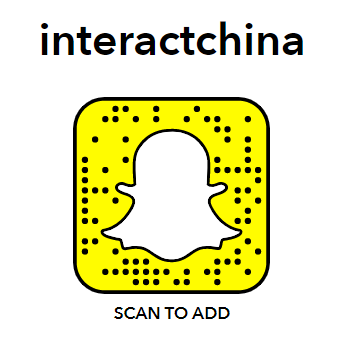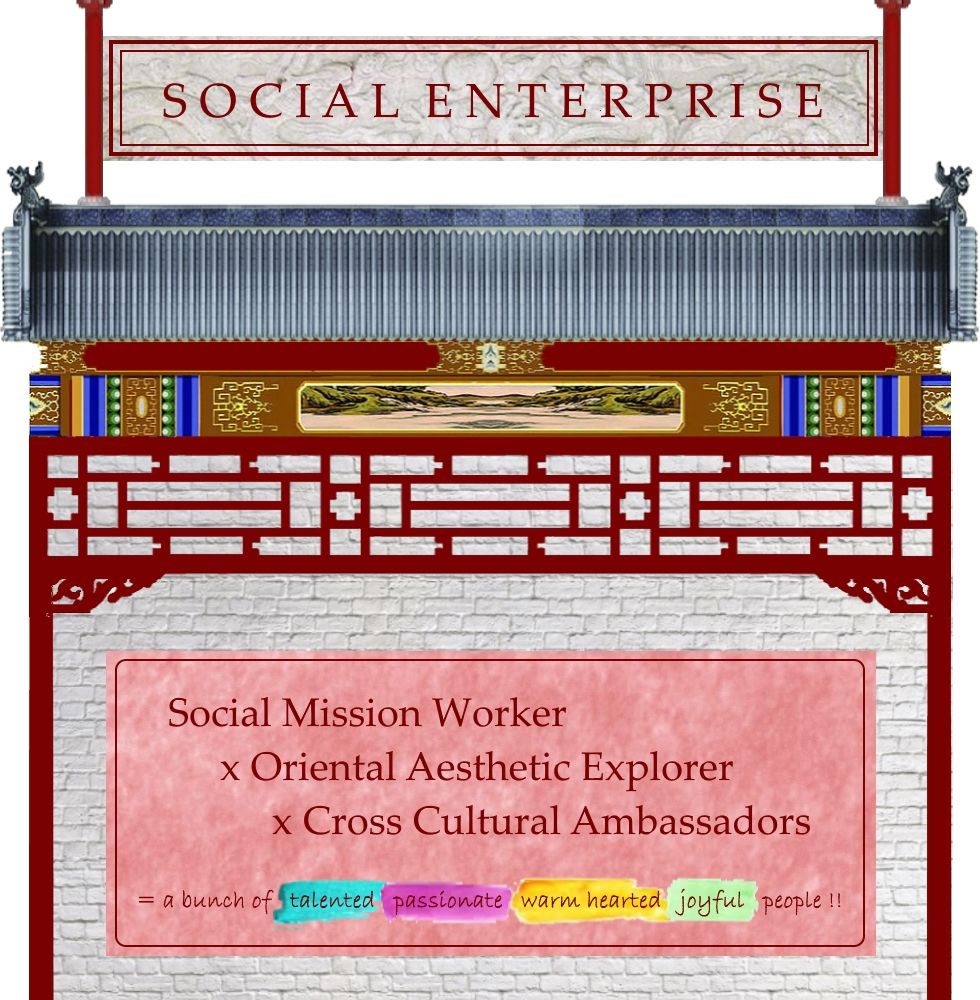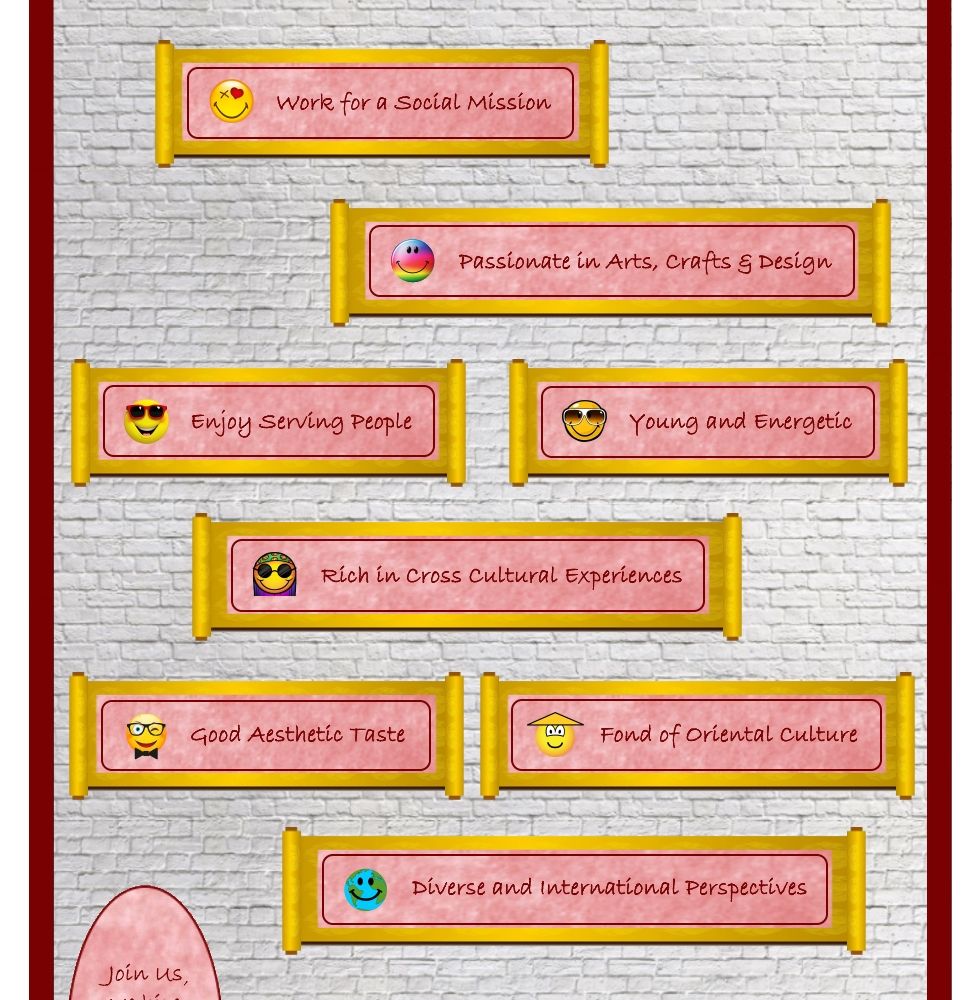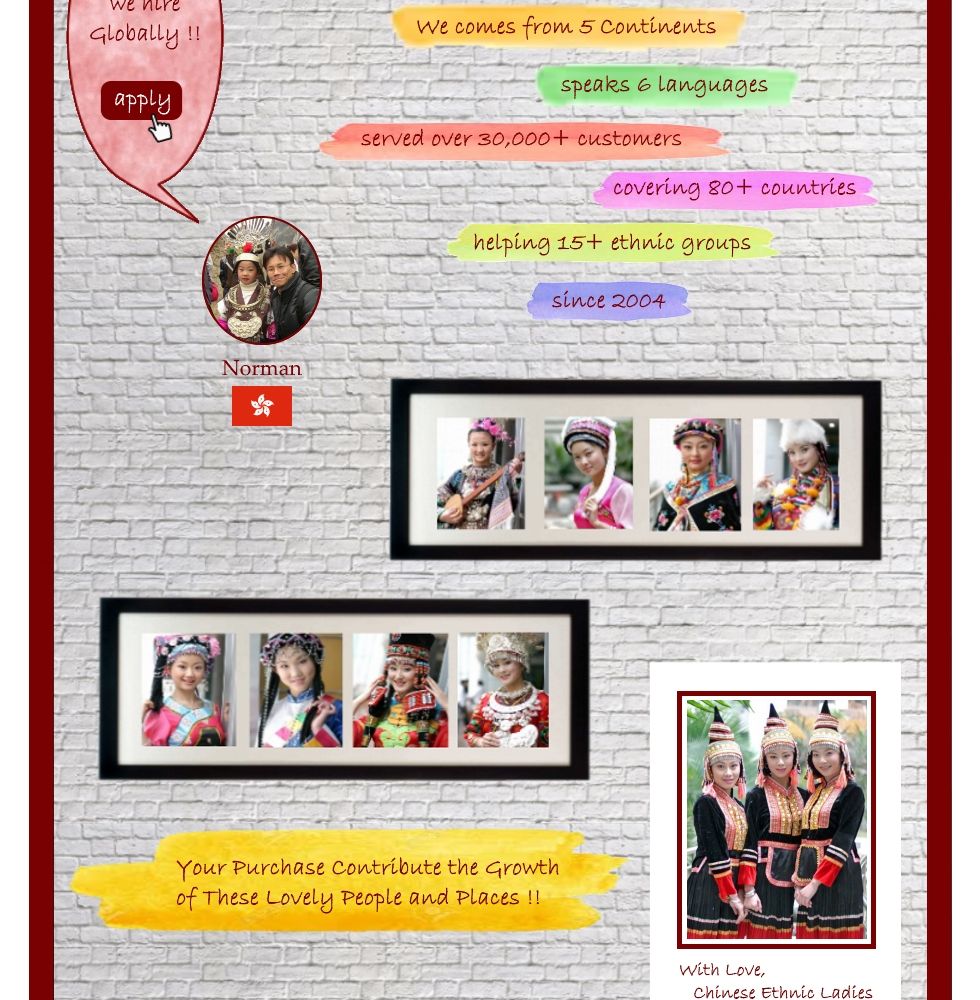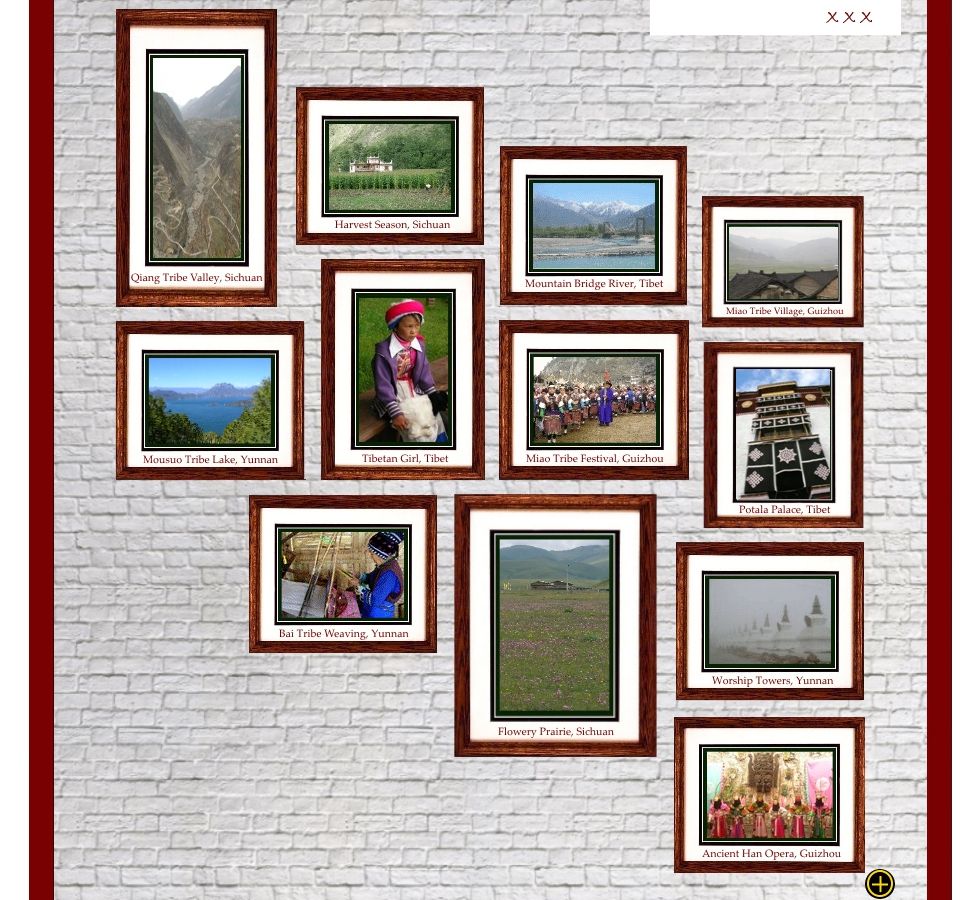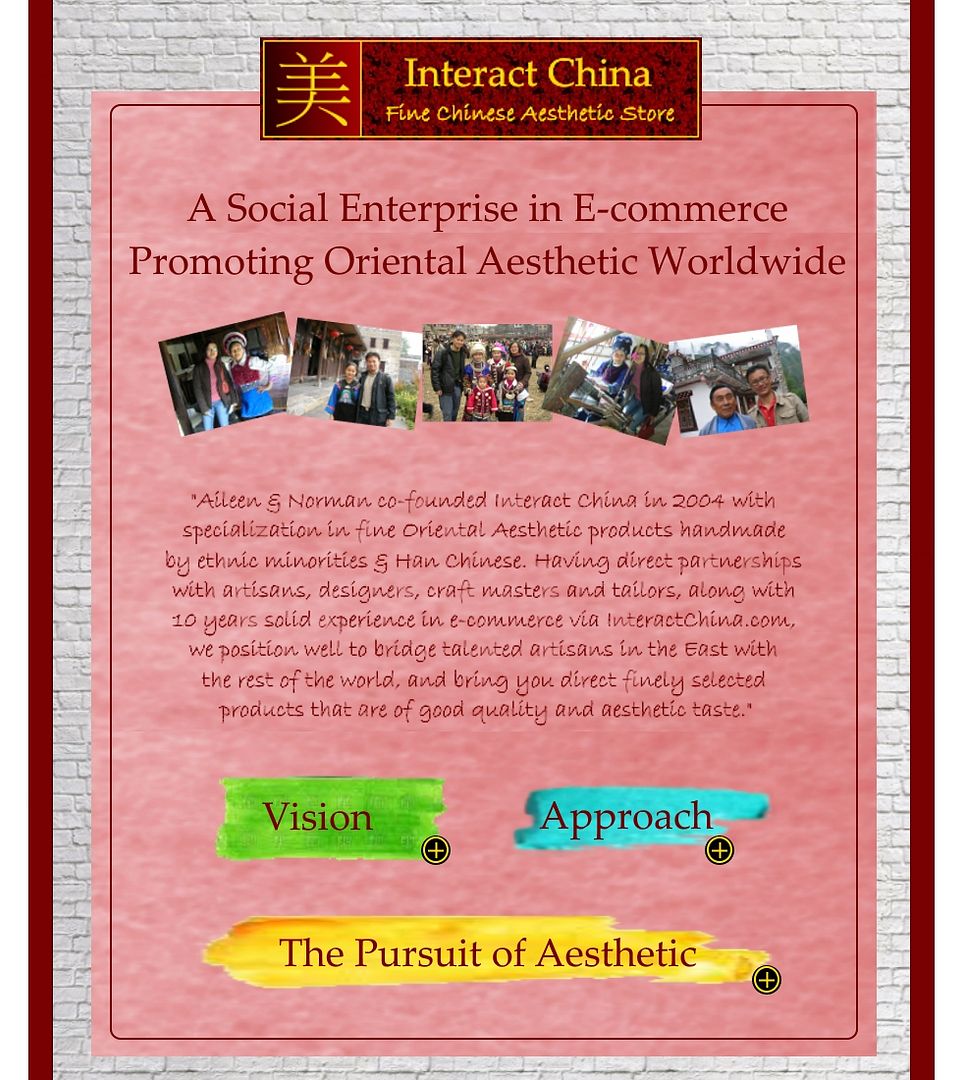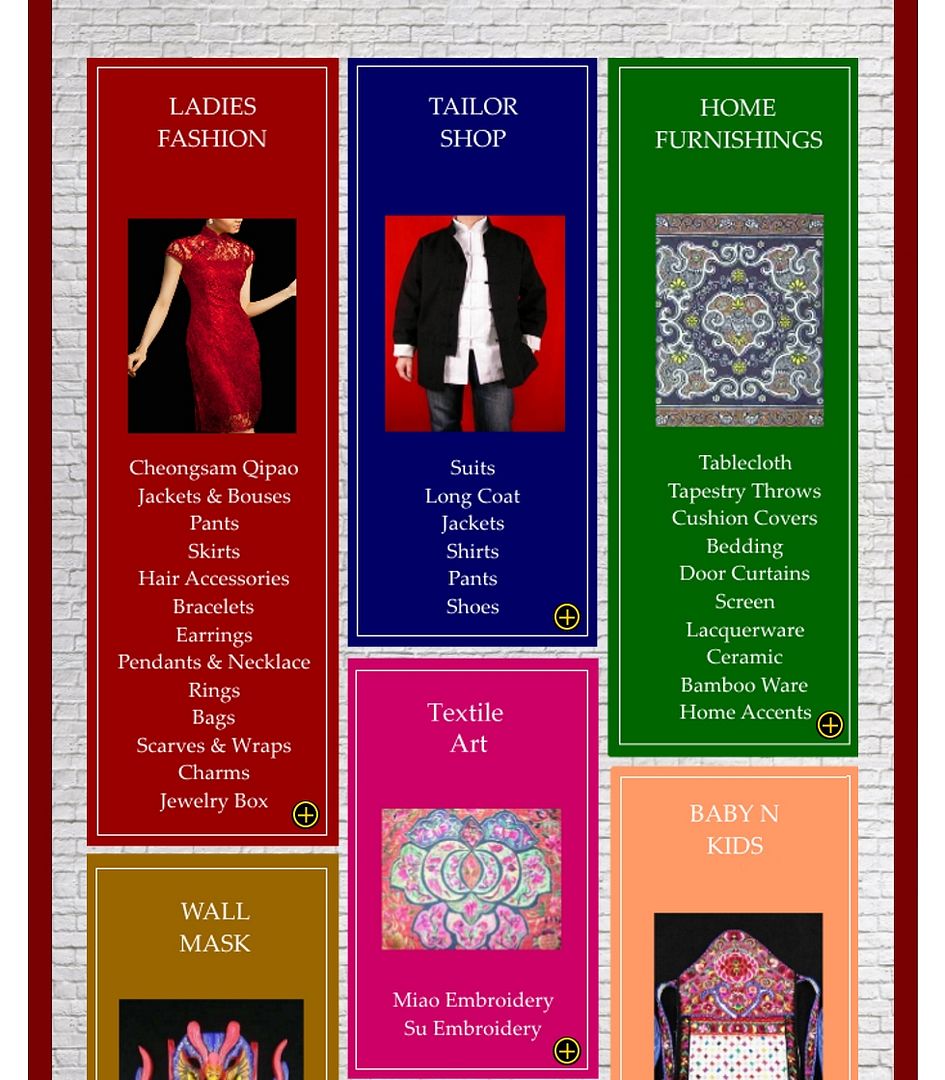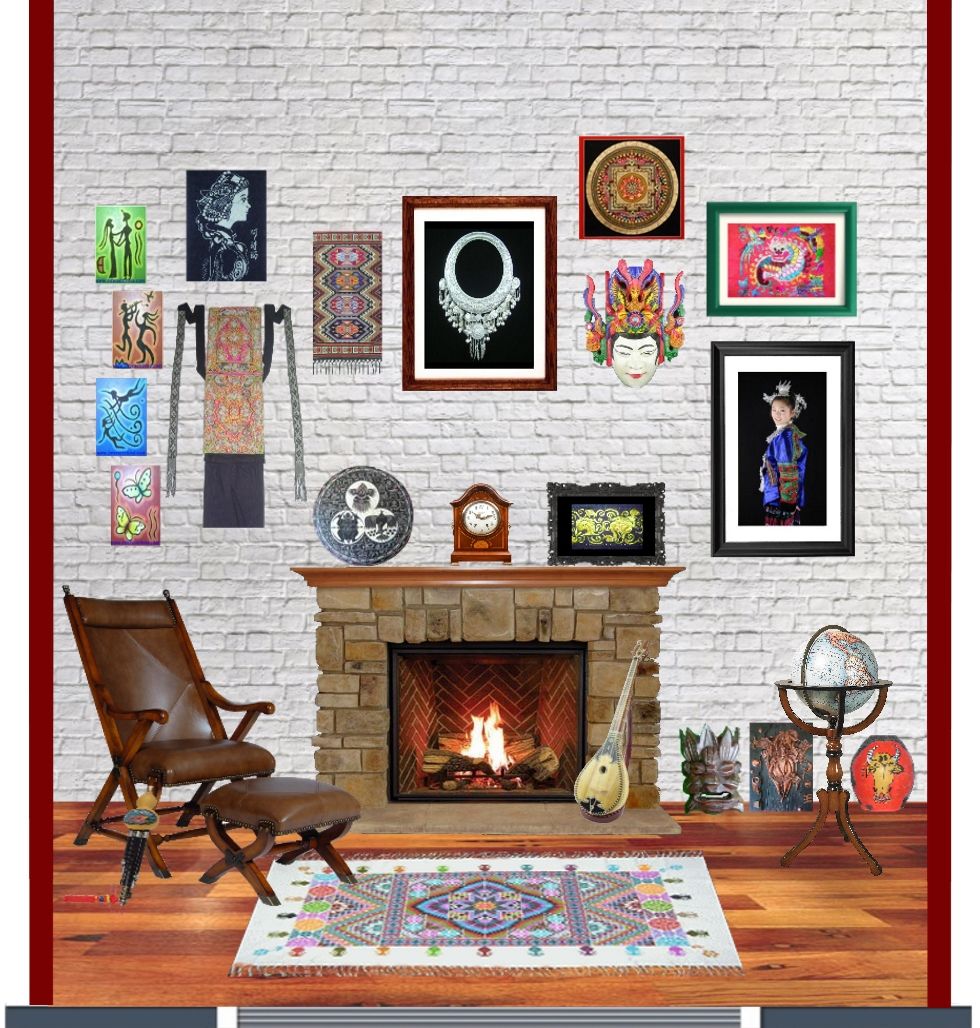Thangka Painting (I)
8th Jun 2017
What is Thangka
A ‘Thangka’ is also known as “Tanka”, “Thanka” or “Tangka”. Thangka paintings are essentially painted or embroidered Buddhist banner which are hung in a monastery or a family altar or even carried in ceremonial processions. Thangka is a mark of devotion to Buddhism and often serves as an object of worship.
In Tibetan language the word “Thang” means a flat surface, “Ka” means painting, so “Thangka” means “a painting on a flat surface”. Thangka painting is also known as scroll-painting as it can be rolled up when not displayed. Originally, thangka painting became popular among traveling monks because the scroll paintings were easily rolled and transported from monastery to monastery.

History
Nobody knows where and when Thangka painting originated, but comparing with other types of Tibetan paintings, the history of Thangka painting can be traced back to as early as the Tubo period or Songtsen Gampo (604 CE? – 649 CE) period in the 7th century. It is a combination of Chinese scroll painting, Nepal painting and Kashmir painting.
Until the 7th century, Songtsen Gampo united Tibet and hence a new period in Tibetan history began. Later Songtsen Gampo married the princess of Nepal and the princess of Tang Dynasty Wencheng (623 CE? – 680 CE), further strengthening the connection of politics, economy, and culture between Tibetan and Han Chinese ethnic groups. The two princesses came to Tibet with a lot of Buddhist scriptures, architecture technology, soothsaying and lawmaking, medical scriptures and many skilled artisans, greatly stimulating the development of Tibetan society, especially the flourishing of Tibetan Buddhism. At that time fresco alone could not satisfy the need of those disciples, and another art form of thangka, was easy to carry, hang and collect and became popular.
During the Ming and Qing dynasties in China (1368 CE – 1911 CE), the central government adopted the system of approving Tibetan chieftain to strengthen the control over Tibet. These methods made contribution to the development of the Tibetan society. So the Ming and Qing dynasties saw a great progress in the development of thangka painting.
Themes
The themes of thangka painting include various subjects, i.e. historical events, religious figures, religious philosophy, Tibetan scenery, social customs, folklore, myths, great deities and Buddhas.


The theme also encompasses Jataka stories of the Buddha, and so on, involving politics, economy, history, religion, literature, art, social life, Tibetan astrology, pharmacology, theology, and many other aspects.
Buddhas appear on almost every single thangka painting. The artists must follow the sacred laws for portraying gods and Buddhas. Scripts from Buddhism are written on the back. Thangkas are always unsigned so it is impossible to know who paints thangka and when it is painted.
Features
The structure of Tibetan thangka painting is precise, balanced, thick, and flexible. The painting methods are mainly bright color and line drawing.
Most thangka paintings are in upright rectangular shape while thangka with Mandala themes are in square shape. A thangka comprises a painted or embroidered picture, a mounting, which is further embellished with a silk cover, wooden dowels at the top and bottom, leather corners and beautiful metal or wooden decorative knobs on the bottom dowel.

Thangka paintings vary in size, ranging from a little over a few square centimeters to several square meters. A large thangka often takes months or years for a large team of artists to paint.
by Xiao Xiao @ InteractChina.com
About Interact China
-----------------------------------------------------------------------------------------------------------------------------
"A Social Enterprise in E-commerce Promoting Oriental Aesthetic Worldwide"
Aileen & Norman co-founded Interact China in 2004 with specialization in fine Oriental Aesthetic products handmade by ethnic minorities & Han Chinese. Having direct partnerships with artisans, designers, craft masters and tailors, along with 10 years solid experience in e-commerce via InteractChina.com, we position well to bridge talented artisans in the East with the rest of the world, and bring you direct finely selected products that are of good quality and aesthetic taste.
So far we carry 3000+ goods covering Ladies Fashion, Kungfu Clothing, Home Furnishings, Babies & Kids, Painting Arts, Textile Arts, Carving Arts, Tribal Jewelry Art, Wall Masks and Musical Instruments. Our team speak English, French, German, Spanish and Italian, and serve customers worldwide with passion and hearts.
-----------------------------------------------------------------------------------------------------------------------------
P.S. We Need People with Similar Passion to Join Our Blogging Team!
If you have passion to write about Oriental Aesthetic in Fashion, Home Decor, Art & Crafts, Culture, Music, Books, and Charity, please contact us at bloggers@interactchina.com, we would love to hear from you!






